(R)evolution in the digital media world


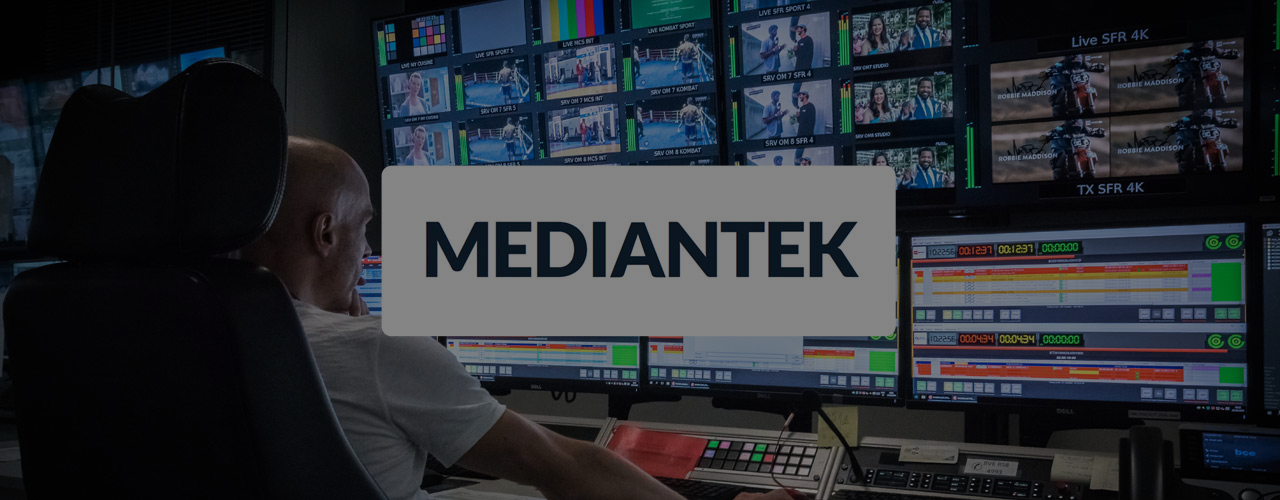
Flashback on the first IP-based broadcast centre with state-of-the-art platforms and numerous innovative production and distribution applications to answer the needs of today and tomorrow media players.
The 36,000 square meter IP-based facility supports 24/7 broadcasting of more than 35 channels, among those RTL Télé Lëtzebuerg, Chamber TV, Luxe.TV (Luxembourg), RTL TVI, Club RTL, Plug TV (Belgium), RTL4, RTL5, RTL7, RTL8, RTL Z, RTL Crime, RTL Telekids, RTL Lounge (Netherlands), RTL9 and AB Groupe movie channels and Altice Group channels (France), RTL Hungary (Hungary) and Love Nature, Love Nature 4K, Blue Ant Extreme, Blue Ant Entertainment (Singapore).
The broadcast centre was three years in the making and features an end-to-end IP infrastructure and well-conceived data IT network that manage mostly HD (and some 4K) content and channels.
“IP-based platforms allow us to rapidly setup new channels,” comments Costas Colombus, Technology Projects & Support Director at BCE. “Whereas it is for continuous or ephemeral channels, we are able to give a fast answer and start broadcasting the content worldwide.”
The new broadcast centre is located in in the centre of Europe. All the radio and television production facilities and playout centre operations employ the latest IP-enabled equipment from technology suppliers like Arista, Grass Valley (GV), Isilon, Juniper, Lawo, Harmonic.
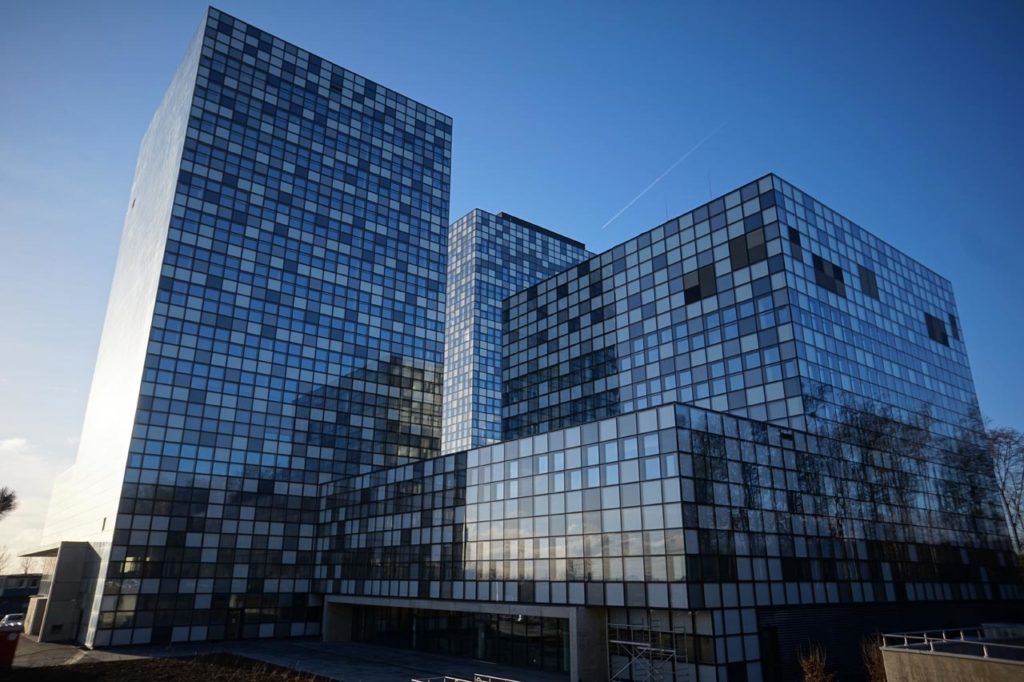
BCE at RTL City
All of the equipment and systems were installed and tested by BCE. When plotting out goals for the new building, BCE engineers wanted the new infrastructure to be both future-proof and able to adapt to new workflow challenges as needed.
When it first began to consider replacing its traditional SDI systems in 2014, the available IP technology wasn’t suitable for real-world deployments or mission-critical broadcast use, and most solutions were proprietary. The process resumed in 2015 with six months of intensive interoperable testing. For BCE it was critical that the IP solution had the same quality of service and reliability achieved in the SDI world, but with an increased level of scalability, stability, propagation delays and synchronization.
Working with engineers at The Institut für Rundfunktechnik GmbH (IRT) research centre, BCE began looking at the SMPTE 2022-6 IP spec as a way to connect all of the disparate systems and have them communicate as a fully networked system. This would streamline the production of content and get it to the right TV, radio, and web platform for its own purposes, as well as support the numerous playout and other services it provides for major U.S. content distributors like CBS, NBC Universal, Warner Brothers Television and others.
Laurent Seve, Marketing Manager at BCE, said that when their team began researching different ways of implementing IP technology, they recognized that what was needed was a facility that was significantly different to what had been done in the past.
“The new facility is flexible enough to handle all types of content creation and distribution projects,” Laurent Seve said. “The collaboration between the IT and broadcast teams led to new types of workflow methods and allowed to get the most out of the systems.”
Technology provider Grass Valley was brought in to help test a series of IP workflows. Fiber-optic cabling, which is bandwidth-friendly, supports the various systems and connects all floors of BCE. There’s also lot of Cat6 cable installed throughout the building for things like data networks, online access and a variety of control (KVM) functions.
“The IP-technology allowed the move to a fiber-based cabling infrastructure,” said Alain Prim, Technology Projects Manager at BCE. “All the areas of the building are connected through a reduced amount of cables which are able to transport a far higher number of services. The multiple changes in media services are now easier to manage without the need of modifications in the basic cable or hardware structure.”
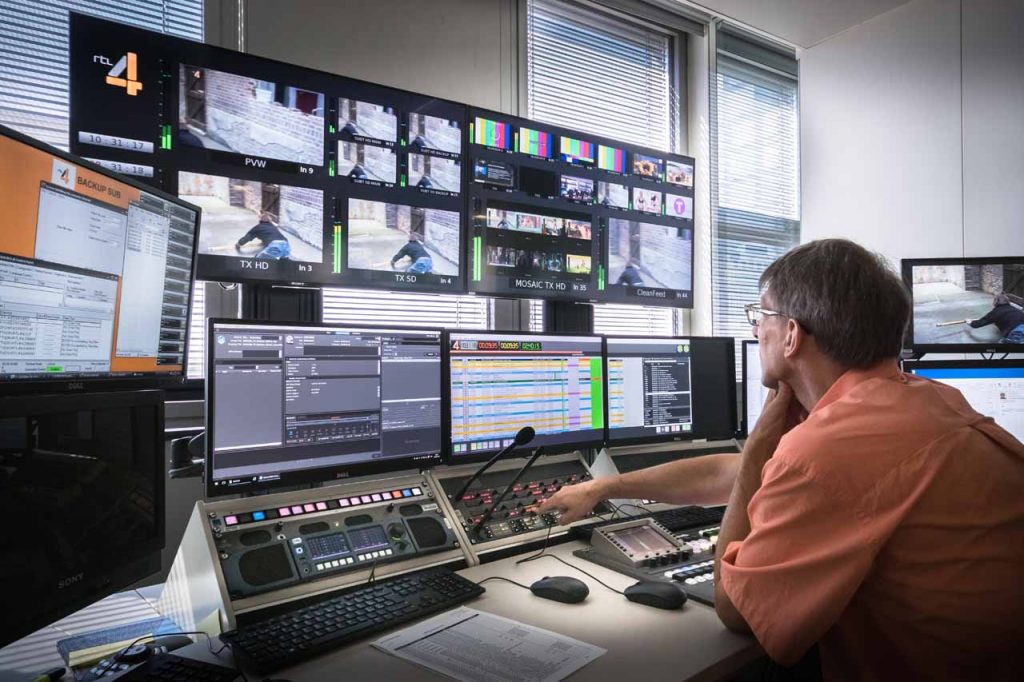
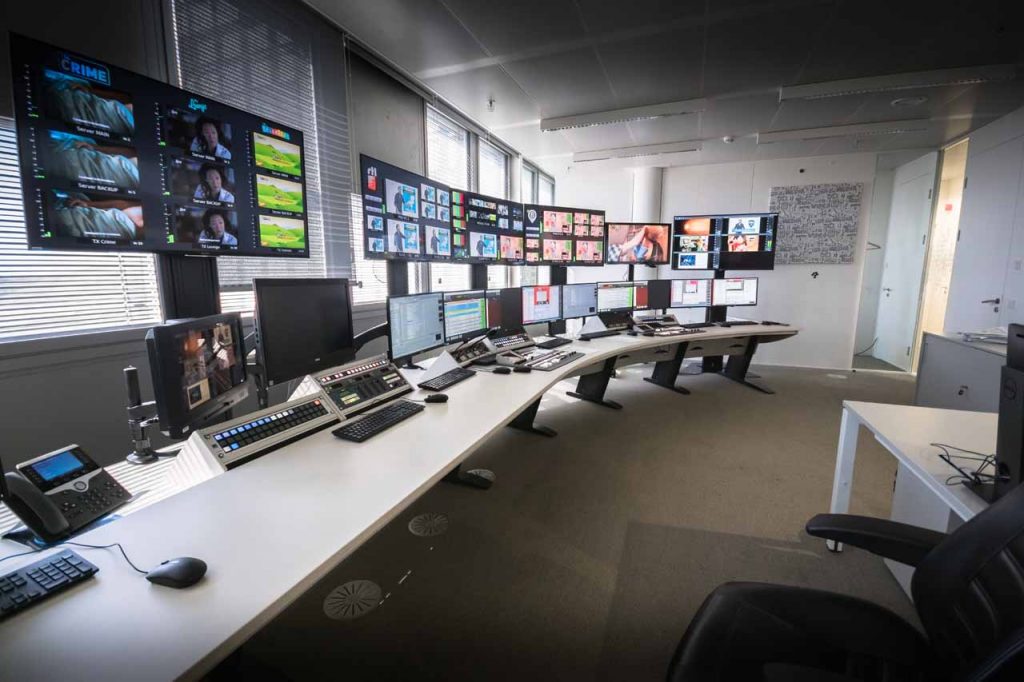
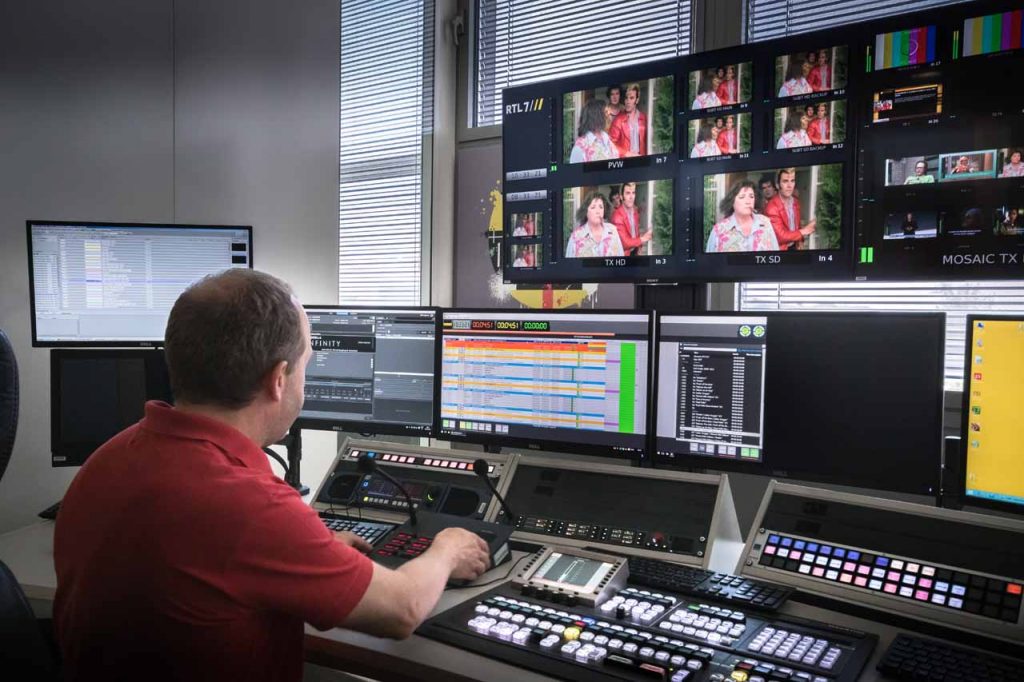
Indeed, BCE is now responsible for the playout of over 35 regional and international channels, from its Luxembourg Network Operations Centre (NOC). This NOC also manages transmission sites, located on remote sites in Luxembourg and Germany. Online and available 24/7, the NOC team ensures the continuity of BCE’s and its customers activities by answering all queries and taking targeted actions.
Thanks to the IP solution implemented, the NOC can fully operate, and control BCE’s Teleport located miles away. All the antennas, uplinks and downlinks, receivers, etc. are remote controlled over IP by the NOC.
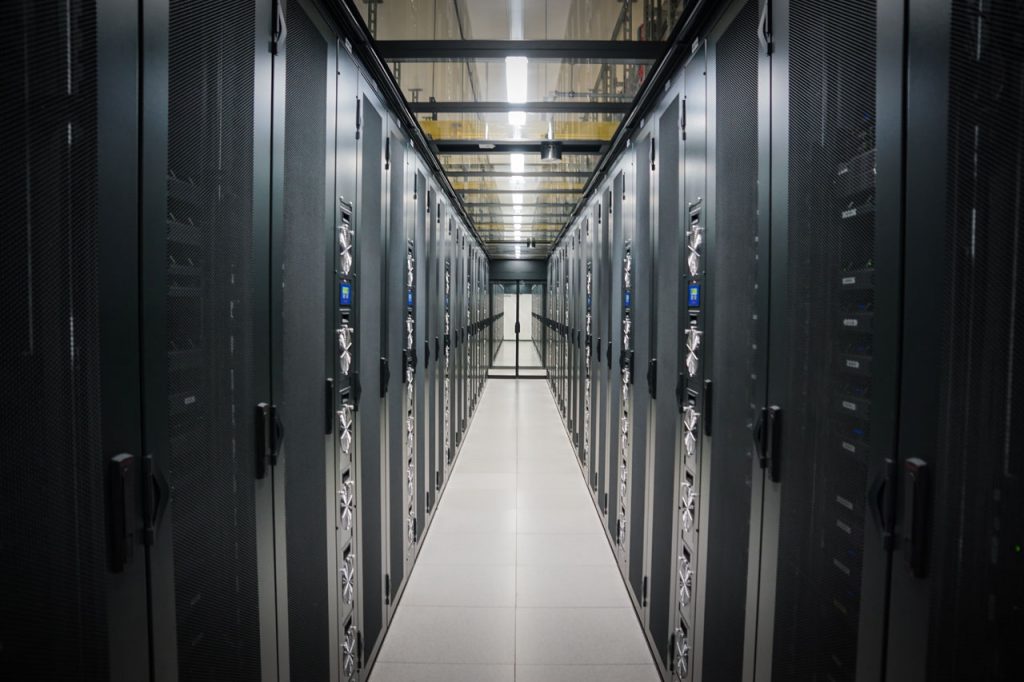
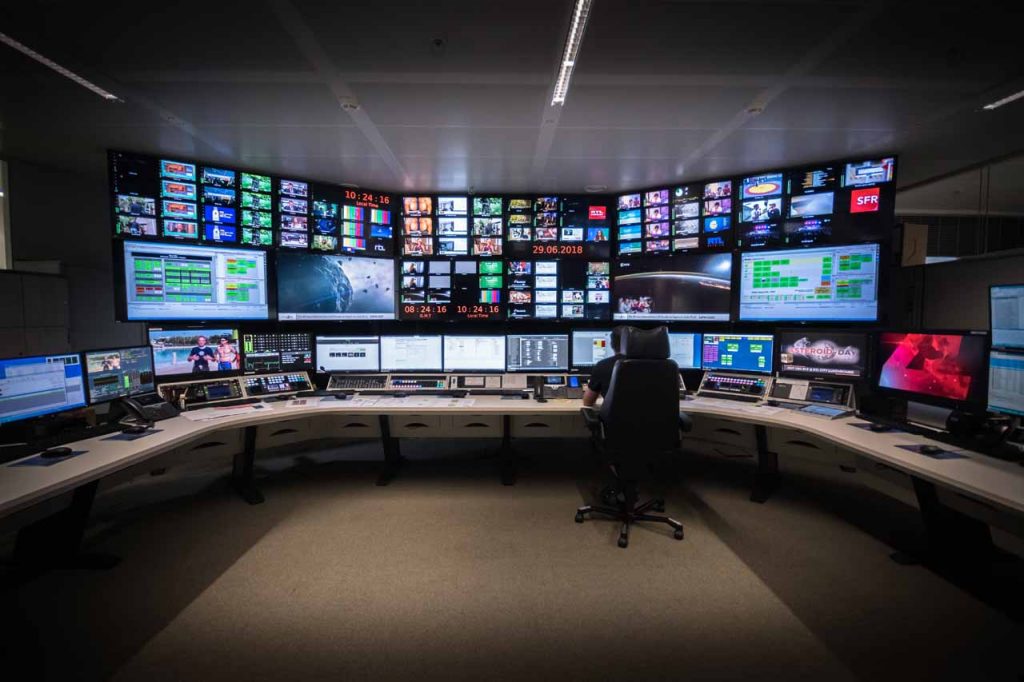
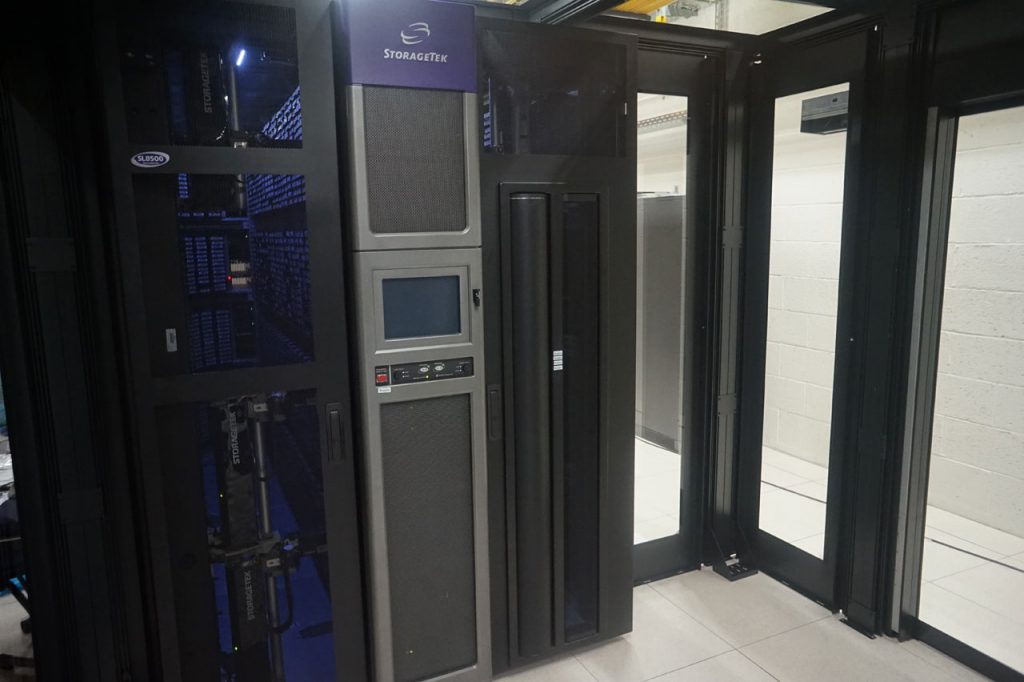
The core of the production activities features a 1,000 sqm datacentre with one-megawatt capacity and 366 floor-to-ceiling equipment racks that store and distribute the content (and metadata) internally and outside the building. In-row water-cooled airflows keep the systems at optimal temperatures.
“Numerous customers selected our datacentre for its flexibility, its advanced infrastructure and the access to numerous services,” comments Xavier Boschian IS&T Director at BCE. “As a result, we have already built a second datacentre and are looking to extend the platform to welcome more customers.”
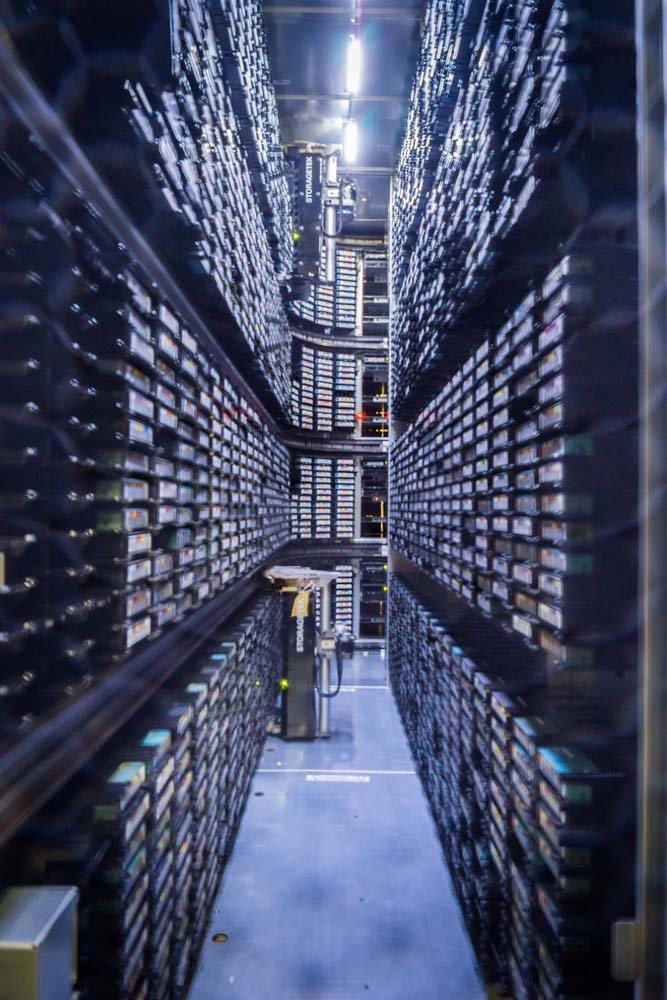
Securing the operations of its customers is BCE’s priority, the new IP workflow of RTL City facilitates connections setup to remote sites for disaster recovery (DR) platforms.
Data is handled with the utmost care and stored in BCE’s storage facility. Whereas it is administrative, financial or media content such as videos and audio, BCE holds several solutions including a 20 Petabytes nearline Digital Library, online and offline solutions as well as S3 cloud backup and storage (through its flagship solution: itstored).
There are also three diesel generators for backup power, with UPS technology everywhere for system resilience. In fact, every piece of equipment is connected to two independent electrical power supply paths—with intelligent sensing and monitoring that will automatically connect the device to a third backup supply if two live and active electrical supplies are not detected.
Linked via dark fibre to BCE’s headquarters, the DR site features emergency workstations, playout platforms for the premium channels, a digital library with several Petabytes and a datacentre.
Due to its IP backbone, several production studios can share control rooms if necessary, with one control room controlling various productions at once. There are also several audio mixing rooms, and advanced lighting grids in the production stages.
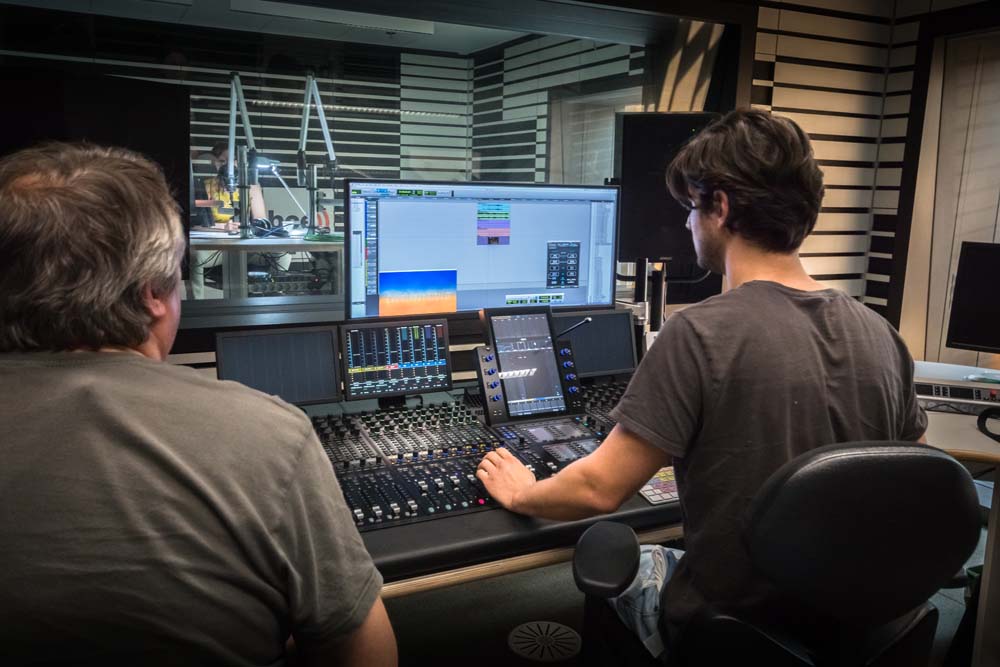
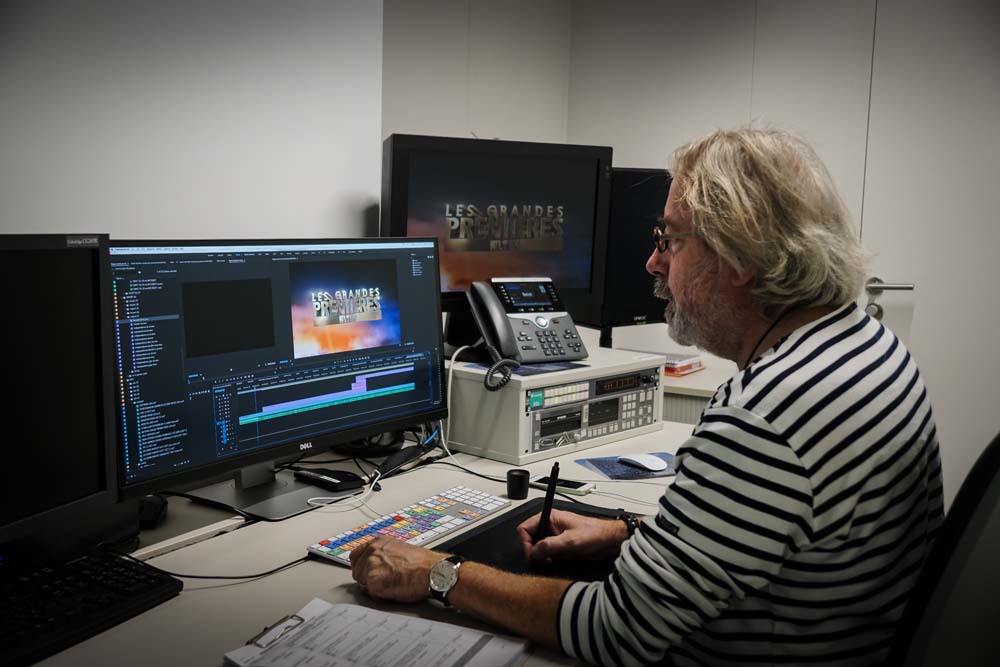
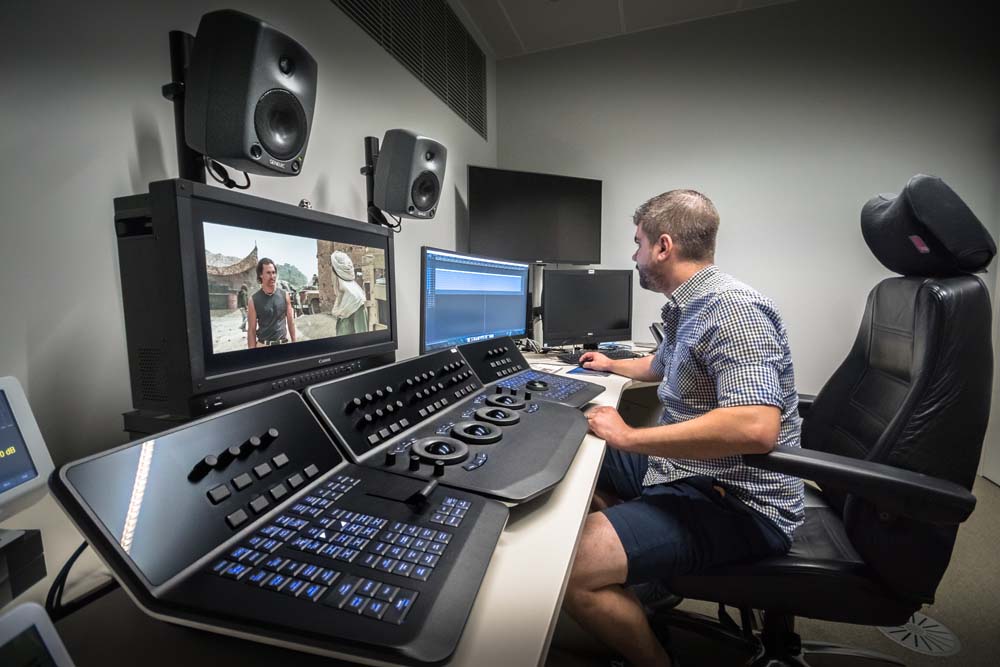
About 30 post-production suites support a number of radio and TV channels as well as other outside client needs. These are based around GV edit stations with networked Isilon storage.
All the radio studios have voice-activated broadcast cameras in them so that when a particular on-air talent is talking, the appropriate camera goes live. The system has proved to be very flexible for full spec broadcasting on a main channel as well as generating a web stream.
“We have always anticipated the merge between IT and Broadcast technologies and decided to stop talking about new solutions and change the complete workflow of our activities to IP,” said Andreas Fleuter, Technical Infrastructure & SLA Director at BCE.
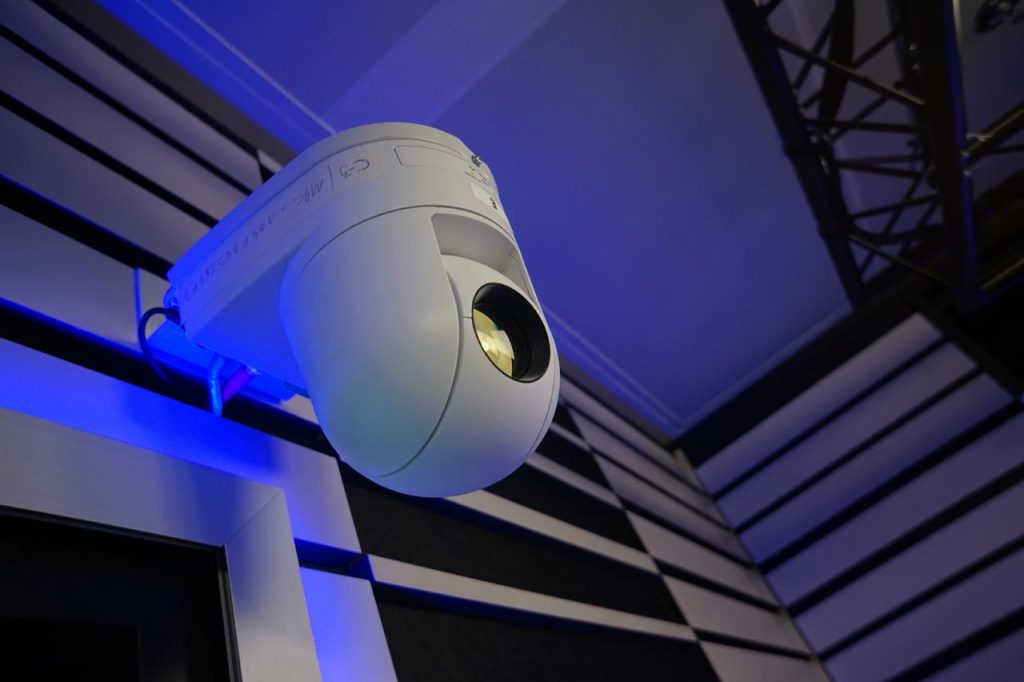
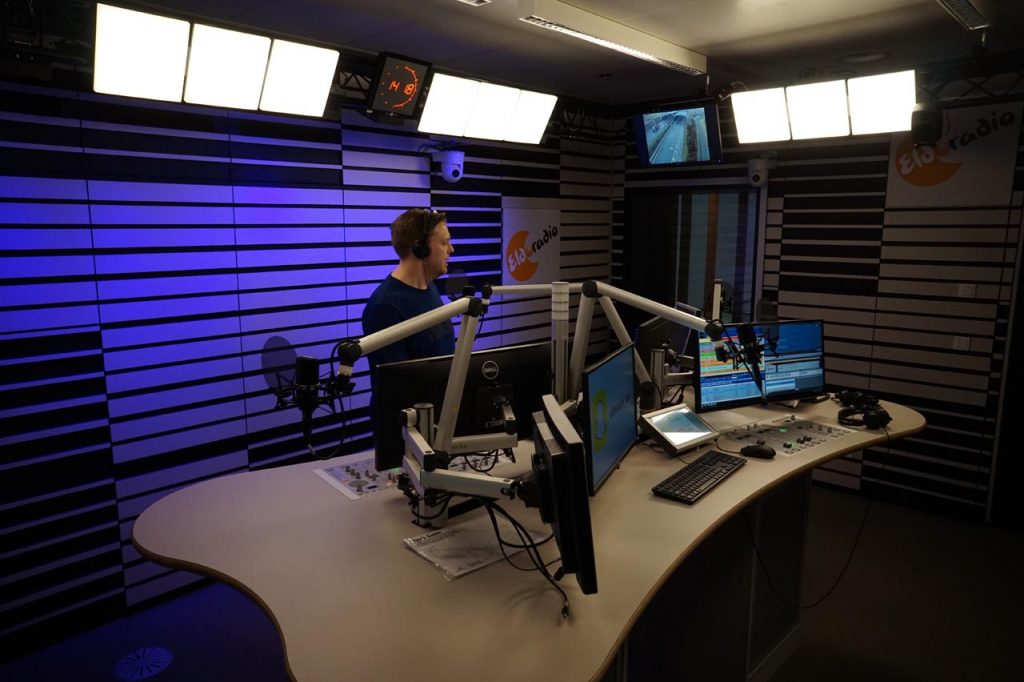
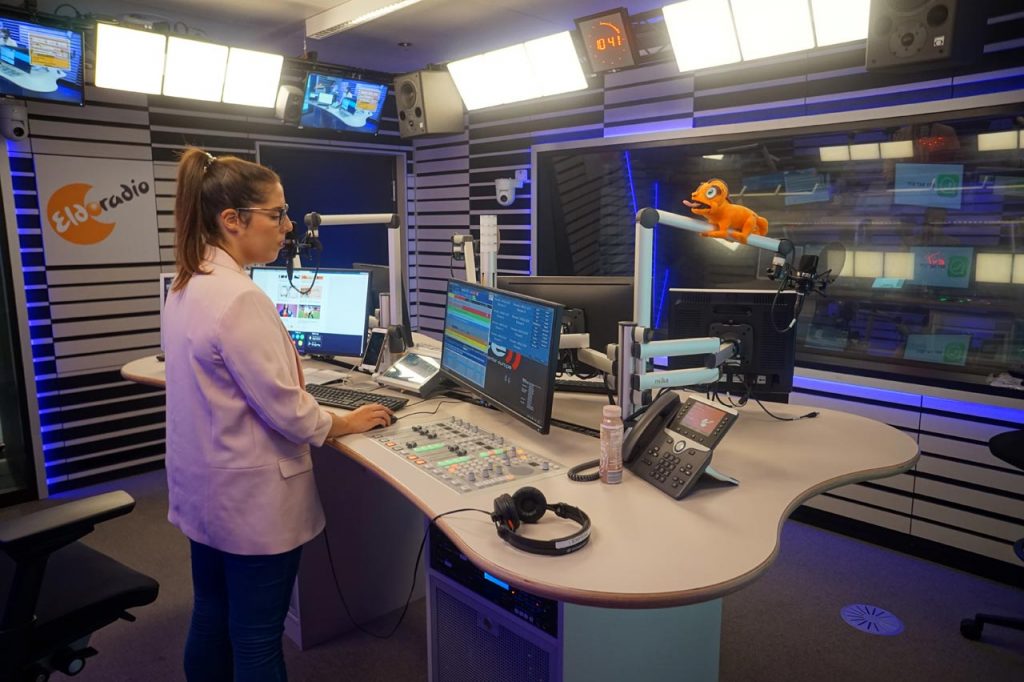
While the internal network can be expanded as needed, the initial deployment is based around the VSF TR-03 protocol for distributing video over IP, using SMPTE ST 2022-6/7 and AES67 redundant IP streams. This includes multi-level routing support of the VSF TR-03 protocol for audio breakaways.
The building’s architecture supports 10Gbe, 25Gbe and 40GbE connectivity. GV provided an end-to-end IP routing system to meet this, complete with full SMPTE ST 2022-7 redundant hitless operation and seamless recovery from interruption to one IP link. GV also supplied a massive routing matrix that can handle 1036×1584 2022-6 video flows and 1180×1728 AES67 (each x8 AES3) audio flows.
Other GV IP technology in use includes its Kahuna IP production switchers, IQ-Edge IP processing systems, IP routing control systems and multiviewers. These are fully networked to a Lawo Virtual Studio Manager (VSM) control layer that manages all of the IP signals and tells the routers where (and when) to send them. There’s also a GV monitoring system that collects data from the IP sub-system, along with a direct interface to a Skyline Communications DataMiner network management and monitoring layer.
With the new IP infrastructure in place, any room or machine in the building can be accessed and used by any other with just a few router settings. In addition, operators at RTL City can now launch a new channel in a few days, as opposed to the 4-5 months it took previously.
“Technology and innovation are in BCE’s roots,” comments Tun Van Rijswijck, COO at BCE. “This all-IP infrastructure was meant to break the barriers and open to new linear and non-linear developments. Our recent acquisitions and innovations strengthen our conviction that we are on the right track.”
As a matter of fact, since the opening of RTL City, several channels selected BCE as their technological partner: Altice launched a multiplayout control room broadcasting numerous channels over Europe including a Live sport channel in 4K over IP and Blue Ant Media (BAM) launched Love Nature in HD and 4K in multiple languages.
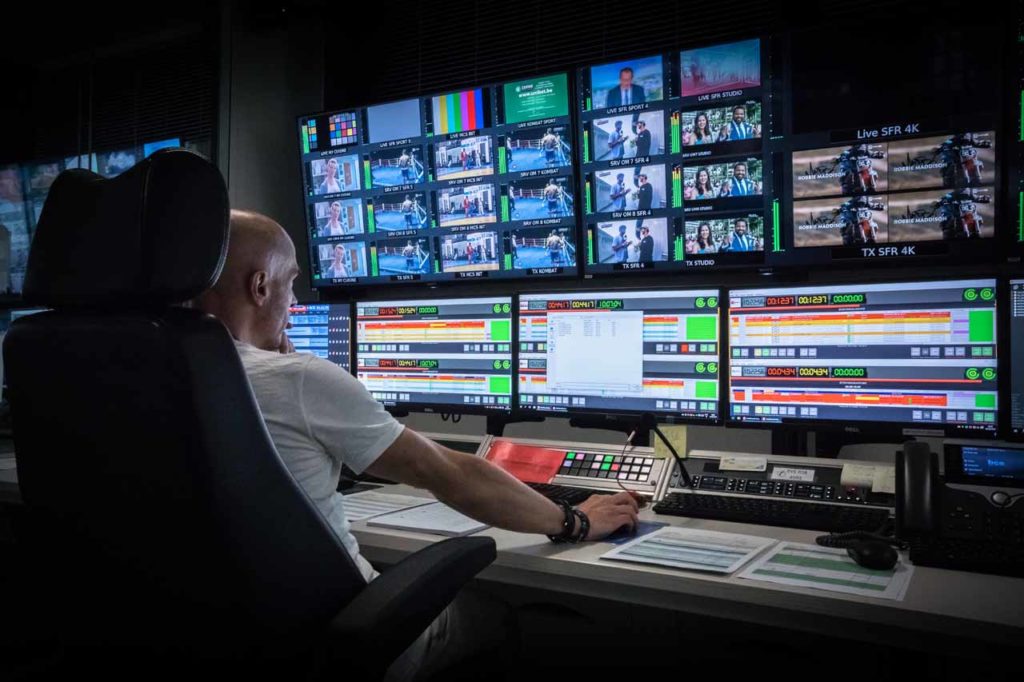
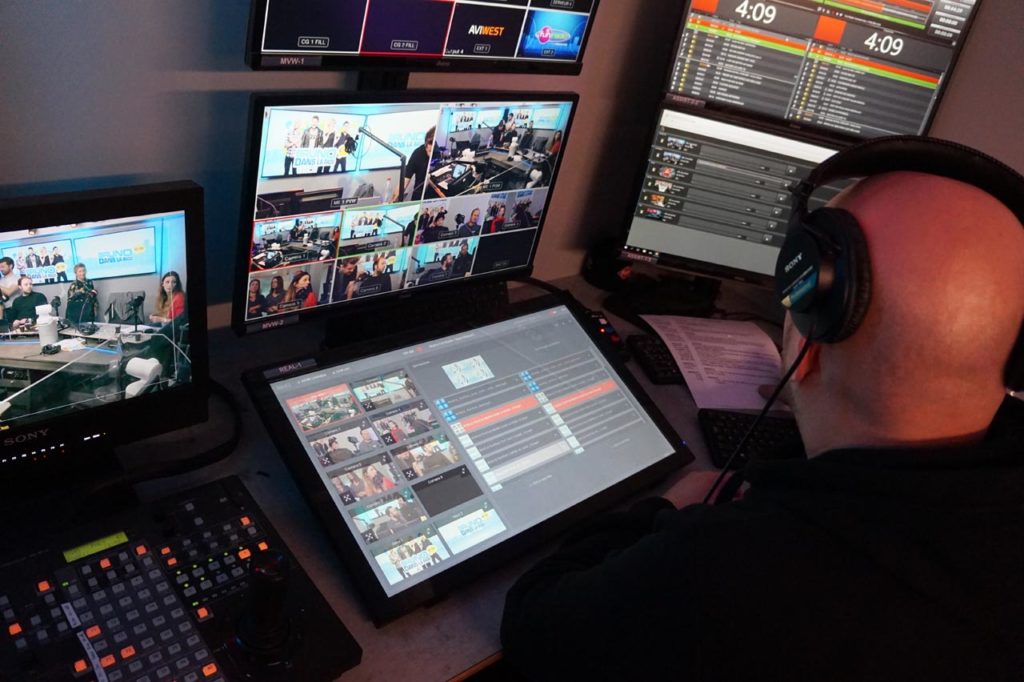
With the acquisition of Freecaster, BCE enriched its portfolio with new hybrid solutions directly connected to the Cloud. Freecaster’s platform was perfectly integrated in BCE’s IP workflow, granting access to live streaming solutions, reaching new horizons with social network but also delivering OTT solutions, VoD portals, replay platforms and more.
“Freecaster is a strong asset for BCE, on one hand it answers our customers’ expectations for new OTT solutions and extension of our content delivery network and on the other hand it opens new markets like sports, institutional, music and fashion related customers.” Adds Tun Van Rijswijck.
On the production side, BCE created a new solution (StudioTalk) facilitating the launch of new programs. StudioTalk is geared up with PTZ cameras, microphones, digital branding and a touchscreen interface to manage the content, the production and the delivery. The solution gives an affordable alternative to cover events that were not financially viable before.
The results are clear, radio goes visual, television shows production is easier, events are covered anywhere, ephemeral studios are installed everywhere… BCE is steering the market to video and screen multiplication.
“Innovation has always paved the way of BCE activities. The all-IP infrastructure leaded our company to hybrid and cloud while increasing the distribution of media content on a global scale. The acquisition of Freecaster and its integration in our workflow was a significant move to the non-linear market. Tomorrow, the engineering of new solutions will enhance the development of BCE in the digital media world.” Concludes Frederic Lemaire, CEO at BCE.